
The plan to merge provinces and cities is calculated to ensure the implementation of the strategy for hundreds of years - Illustrative photo
Creating space for a hundred-year development strategy
At the seminar "Rearranging provinces and cities to create space for a hundred-year development strategy" organized by Dan Tri newspaper this morning (April 10), experts and managers discussed from many different aspects and perspectives the breakthrough policy in arranging provinces and cities to expand development space for each locality, creating new momentum for the country's development and long-term stability of the state apparatus.
According to Mr. Phan Trung Tuan, Director of the Department of Local Government (Ministry of Home Affairs), the Central Party, the National Assembly, and the Government have carefully considered and determined that the time is ripe for the arrangement of administrative units.
"We did not start researching it a few months ago, but since the 13th Party Congress, this issue has been raised. We have made fundamental preparations over a long period of time. As for the recent project development process, we have been both urgent and very careful and considerate. The factors to ensure the feasibility of the future merger plan have been calculated to ensure the implementation of the strategy for hundreds of years, even several hundred years," Mr. Phan Trung Tuan emphasized.
According to Mr. Phan Trung Tuan, expanding the development space is really a big criterion, but besides that, there are also many issues that need to be considered, such as geographical and cultural factors, regional and inter-regional planning issues. In addition, another goal that needs to be aimed for is to build a streamlined apparatus that operates effectively and efficiently, as the General Secretary said.
Regarding the plan to expand the space towards the sea, merging inland provinces with coastal localities, Mr. Phan Trung Tuan said that Vietnam is a maritime country with a long coastline and a large sea area. Therefore, the strategy of developing towards the sea is a strategic orientation that is consistently expressed in national development policies.
Recently, the country’s socio-economic development has also followed the policy of orienting towards the sea. This is reflected in the planning of key traffic routes and railways. These routes are connected to areas and places with sea.
"The seaward factor is extremely important. In this proposal submitted to the Central Government, we have proposed a merger plan to connect provinces and cities without sea with coastal localities to create development space for the localities," said Mr. Phan Trung Tuan.
Development space is not only about scale and area but also other factors to ensure long-term development goals towards the sea.
"For example, the Central Highlands region is currently not connected to the sea in terms of terrain. In this province merger, we aim to arrange to connect with coastal localities to exploit the full potential of land funds and develop the country's famous agricultural granary," said Mr. Phan Trung Tuan.
Thus, connecting a locality with the sea, synchronizing with transport infrastructure connections such as roads, railways, and waterways, will have mutual support in development and connection with the locality.
From a local perspective, Mr. Pham Van Hieu, Standing Deputy Secretary of the City Party Committee and Chairman of the People's Council of Can Tho City, said that over the past 50 years, this locality has undergone many mergers and separations and is now the center of the Mekong Delta.
"Can Tho also has a seaport, Cai Cui port, considered the largest port in the Mekong Delta. This is also considered a seaport but is hundreds of kilometers away from Dinh An estuary. The estuary is silted up every year, making it difficult for large ships to enter and exit. Dredging costs hundreds of billions of dong each year. Large tonnage ships also have difficulty entering Can Tho. If Can Tho were to merge with a coastal province, it would be a huge advantage," said Mr. Pham Van Hieu.
It is only about transportation. If there is a sea, Can Tho can develop aquaculture, seafood exploitation, coastal ecosystem development, marine tourism linked with ecological delta, logistics...
"We are very happy to know that there is a plan to expand towards the sea. If so, we will have the conditions to grow strongly in the coming time, greatly affecting the development of the entire Mekong Delta region," Mr. Pham Van Hieu expressed.
Connecting the sea and the mountains, the plains and the plateaus
From a planning perspective, Mr. Tran Ngoc Chinh, Chairman of the Vietnam Urban Development Planning Association and former Deputy Minister of Construction, commented that the orientation of connecting inland provinces, especially highland areas such as the Central Highlands, with coastal localities is a strategic planning mindset, suitable for the current integrated development context.
According to Mr. Tran Ngoc Chinh, the Central Highlands currently consists of 5 provinces with a total area of over 50,000 km² and a population of about 6 million people. But more importantly, the strategic value of the Central Highlands lies not only in population size or area, but also in its unique cultural identity, specific climate and rich resources....
When mentioning the Central Highlands, people often think of the majestic "great forest" land - the convergence of long plateaus such as Kon Tum, Di Linh, Buon Ma Thuot... Although these plateaus are geographically adjacent, in reality the space is divided by rugged terrain.
This is also the source of many large and important rivers for the socio-economic development of the Central and Southeast coastal regions, typically the Se San River, Dong Nai River, etc. These rivers are not only valuable in terms of irrigation and energy but also contribute to creating natural and economic links between regions.
Mr. Tran Ngoc Chinh said that in the process of researching and planning the country's socio-economic development strategy, there were times when experts and managers proposed dividing the Central Highlands into two separate regions.
A typical example is considering bringing Lam Dong province into the Southeast region, because Lam Dong has many economic, cultural, trade and tourism connections with the provinces in this region.
Meanwhile, the northern provinces of the Central Highlands have a close relationship with the South Central Coast region, clearly demonstrated through strategic traffic routes such as National Highways 19, 25, 24, or through rivers such as Se San and Ba River - the arteries connecting the highlands with the eastern seaports.
Thus, the connection between the Central Highlands and the South Central Coast provinces is completely clear, not only in terms of geography but also in terms of economy, trade and regional spatial development.
"The idea of splitting the Central Highlands in the past partly reflected the desire to better exploit the rich natural resources of this region, as well as promote regional linkages according to distinct development characteristics.
However, today, when we have an integrated spatial development mindset, it is more important to connect regions harmoniously and effectively instead of simply administrative separation," said Mr. Tran Ngoc Chinh.
Former Deputy Minister of Construction Tran Ngoc Chinh said that it is necessary to strengthen the connection between the Central Highlands and the South Central Coast to form an East-West connection axis, a connection between the coastal and mountainous regions, between the plains and plateaus.
This connection is not only about traffic and transportation, but also about the connection of economic flows, cultural and historical flows, expanding the space for sustainable and effective development. This is a strategic factor in regional development planning, which needs to be deeply concerned and systematically implemented.
Thu Giang
Source: https://baochinhphu.vn/sap-nhap-tinh-thanh-mo-huong-ra-bien-de-vuon-minh-manh-me-102250410150633826.htm


![[Photo] Sparkling lanterns to celebrate Vesak 2025](https://vphoto.vietnam.vn/thumb/1200x675/vietnam/resource/IMAGE/2025/5/7/a6c8ff3bef964a2f90c6fab80ae197c3)

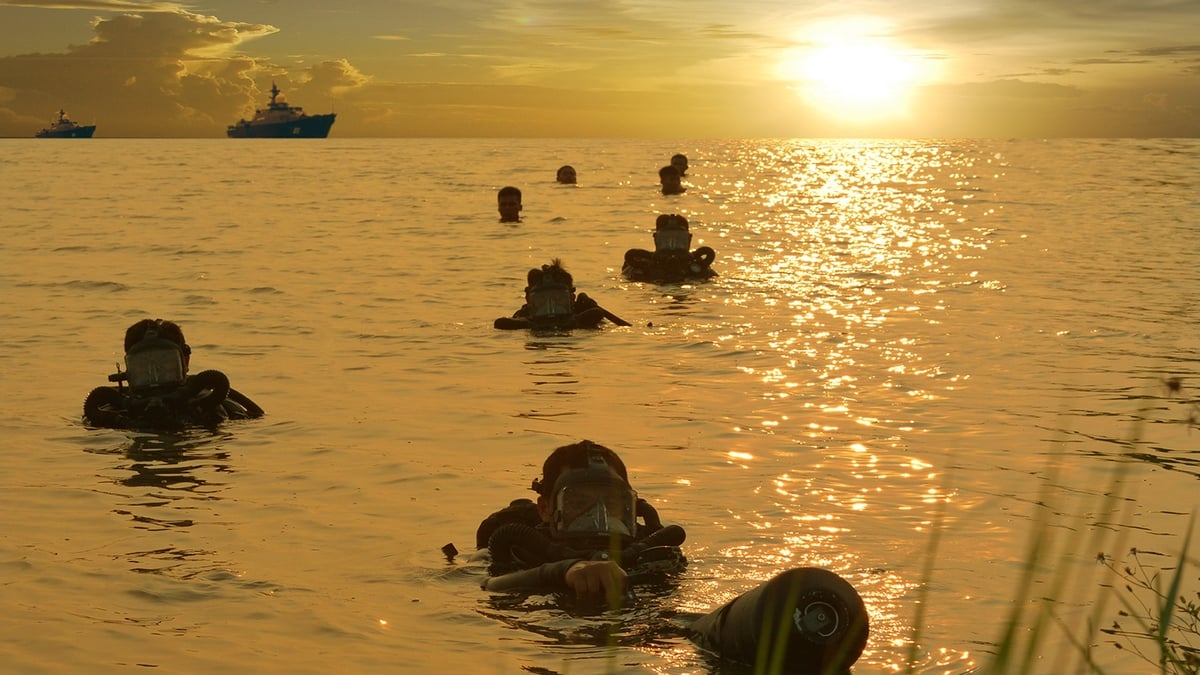

![[Photo] Prime Minister Pham Minh Chinh chairs meeting to review preparations for trade negotiations with the United States](https://vphoto.vietnam.vn/thumb/1200x675/vietnam/resource/IMAGE/2025/5/6/1edc3a9bab5e48db95318758f019b99b)





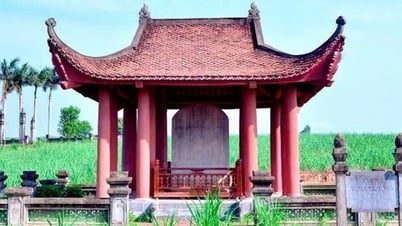




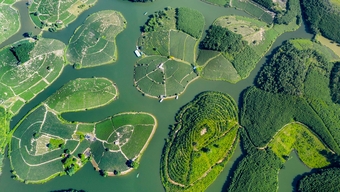



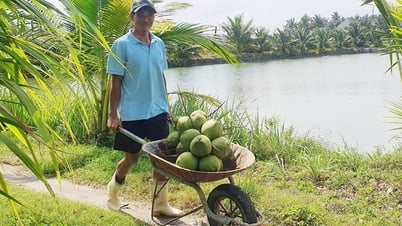
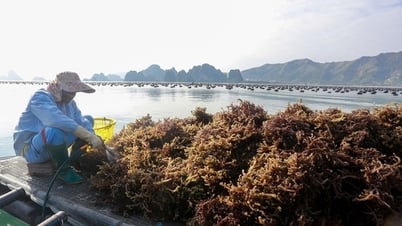
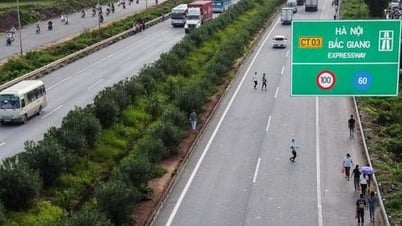
![[Photo] Prime Minister Pham Minh Chinh receives Mr. Tomas Heidar, Chief Justice of the International Tribunal for the Law of the Sea (ITLOS)](https://vphoto.vietnam.vn/thumb/1200x675/vietnam/resource/IMAGE/2025/5/6/58ba7a6773444e17bd987187397e4a1b)

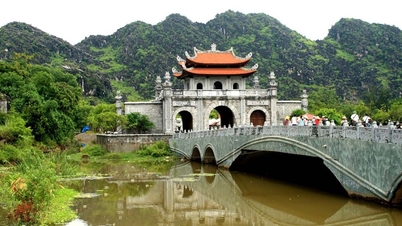




















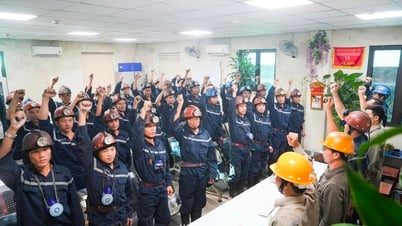






















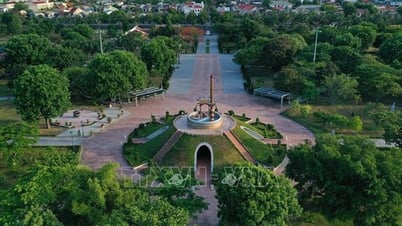
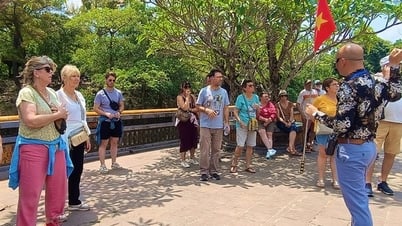
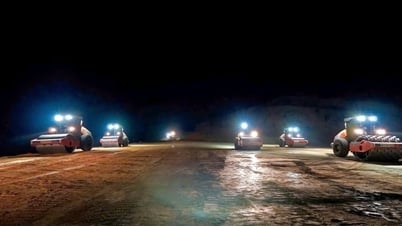



















Comment (0)